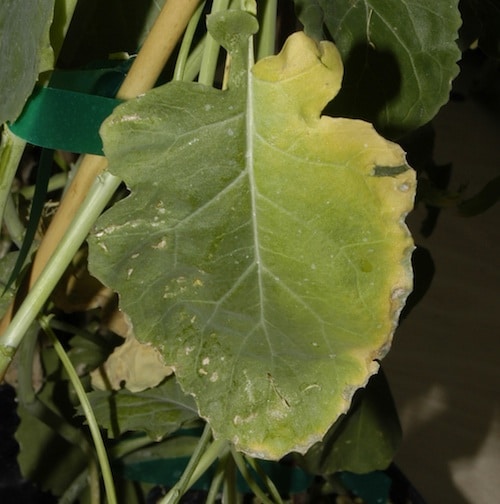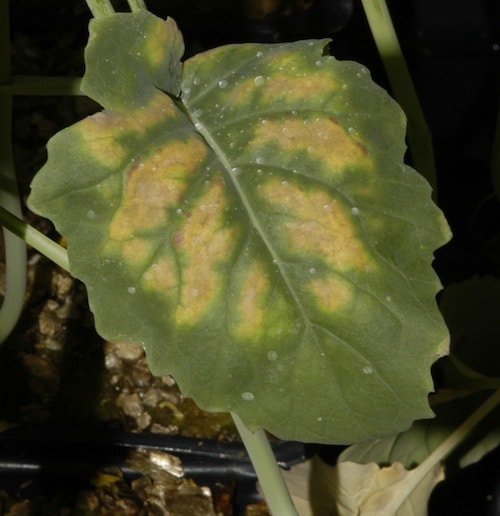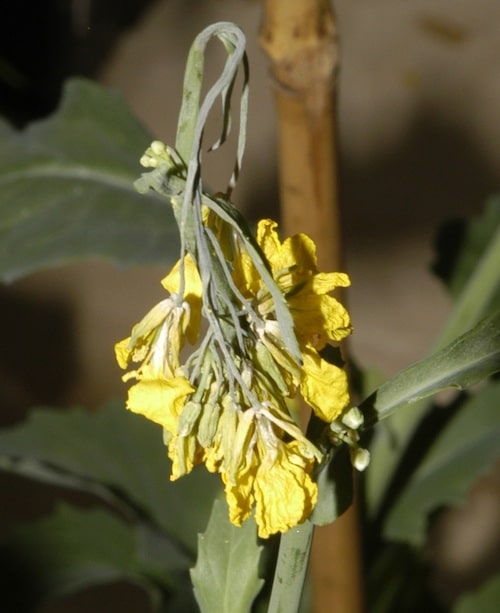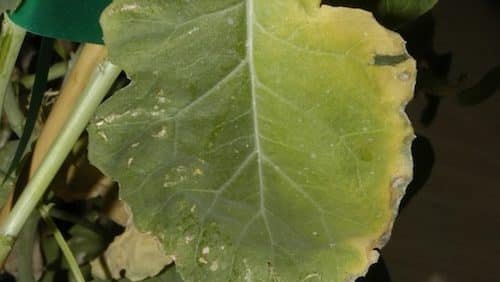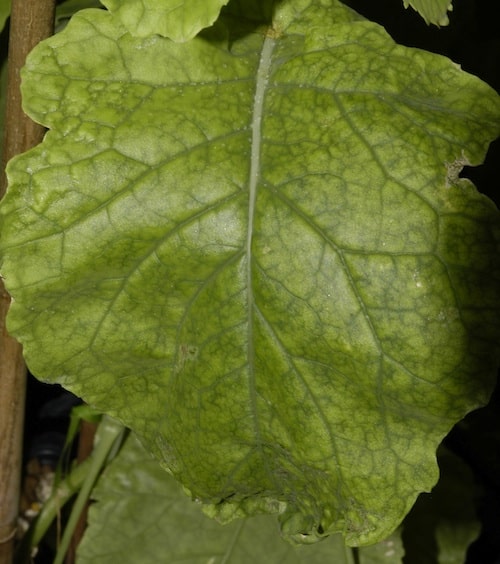Station hosts:
Derwyn Hammond, CCC
Dan Orchard, CCC
Greg Sekulic, CCC
Potassium. For every 5 pounds of nitrogen a canola plant takes up, it needs 4 pounds of potassium. Most Prairie soils still have adequate potassium reserves, but tight canola rotations and high canola yields will be mining the soil and deficiencies are starting to show up on some farms. Interestingly, deficiencies seem to be more common in areas with heavier soils and high organic matter. This may be because these same regions also produce higher yields and have tighter canola rotations. Some canola growers already apply potassium regularly. Given that 75% of potassium is returned to the field in the straw, a rate of 30 pounds of actual potassium per acre would be enough to maintain soil reserves for a 40- to 50-bushel crop. If you’re wondering about potassium shortages on your farm, scout your cereals first. Cereals are more likely to show symptoms when soil levels drop below 300 lb./ac. Symptoms may not be obvious in canola until soil reserves drop below 150 lb./ac.
Potassium deficiencies look like:
—A yellowish brown “scorched” look at leaf margins edges. (See the photo below.)
—Potassium is mobile, so plants will move the nutrient from bottom leaves to top leaves, so bottom leaves will yellow off first.
—Uneven pod maturity.
Boron. Canola needs boron, but just a little bit and most Canadian Prairie soils are not deficient. If fields are deficient, sodium borate or foliar products may alleviates symptoms, But there is a fine line between alleviating deficiency and causing toxicity. Rates of sodium borate, the typical fertilizer applied, that exceed 1.0 lb./ac. in the seed row can kill canola seedlings. Boron deficiency is more likely to occur in sandy soils with low organic matter, or in high pH soils (8.0 or higher) which reduce boron solubility. One Ontario study showed that a foliar boron application may improve flower retention in hot conditions, but an economic benefit from this application on the Prairies is probably not likely. Boron moves through the soil with mass flow, not diffusion, so a rain event can alleviate most boron deficiencies. As the nutrient is not (or, very weakly) mobile within the plant, look for deficiency symptoms on the newest growth.
Boron deficiencies look like:
—Interveinal chlorosis. Veins are green but the rest of the leaf is light green. (See the photo below.)
—New leaves are stunted and may roll up along the length of the leaves around the mid vein.
—Short, stunted root hairs and poor rooting.
—Long and unproductive flowering period. Boron is involved in pollen tube fertilization, and with boron deficiency, pods may not form. The plant keeps flowering and flowering producing new bud clusters from leaf axils, trying to get fertilization and pod set to occur.
Calcium. Most Prairie soils have more than enough calcium to satisfy crop needs for many years to come. Some canola fields did exhibit what appeared to be calcium deficiency symptoms in 2011, but the cause was not due to a shortage of calcium in the soil. Saturated soils due to long periods of excess rain made it difficult for canola plants to take up nutrients. In some cases, calcium deficiencies showed up more vividly than other deficiencies, likely due to crop growth stage and the timing or duration of the flooding. The best course of action is to wait until the soil dries up and the crop starts growing again. Symptoms can correct themselves. But here’s an interesting twist: If the soil dries up and then gets saturated again right away, canola plants that let their guard down and prepared for recovery often died quickly when the stress returned.
Calcium deficiencies look like:
—”Ribbon stem.” The stem goes flat and flops over, typically just below the growing point (bud or flower cluster) at the top of stems and branches. (See the photo below.)
—Accelerated maturity. The plant will set seed quickly, sometimes locking in low yield.
—Yellowing, browning and necrosis (tissue dies) in patches in the middle of leaves. This is actually a unique symptom of calcium deficiency. (See the photo below.)
—Dark spots on pods which turn brown and necrotic.
